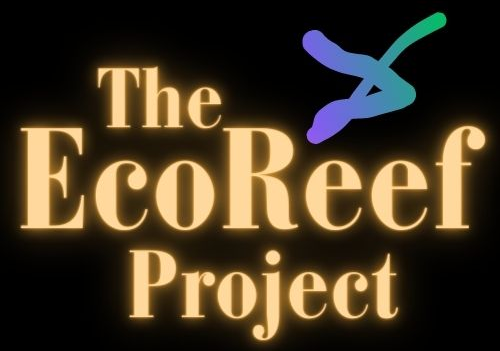The Journey Of Sustainable Change
The term “Environment” often elicits a spectrum of reactions, ranging from indifference to passionate outcry. Yet, amidst this whirlwind of emotions, there’s a universal consensus: we’re facing a monumental environmental challenge that demands immediate attention. This isn’t just about securing a future for the next generations, but also about improving our present conditions.
Even those who are skeptical about global warming acknowledge the importance of their views. Their perspectives matter, and addressing these views is crucial in our collective effort to tackle environmental issues. Every opinion, and every reaction, holds value and provides a foundation for constructive dialogue.
It’s not our place to dismiss anyone’s views without first seeking to understand their origins. However, the era of endless debates and committee meetings has passed. The urgency of our situation calls for decisive action.
Join us on this journey. The path may initially seem daunting, but soon, it will become familiar and welcoming. Let’s embark on this mission together.
Our first step? A gentle outcry
We often find ourselves entangled in futile arguments over issues that are clear to us. The urge to assert our views can lead to discord and hurt feelings. The solution? Communicate the proposed solutions in a language that resonates with the audience. With empathy and understanding, we can persuade them to see the value in our proposals, perhaps even making them feel like the ideas were theirs to begin with.
This approach may seem manipulative, but it’s effective, it prevents emotional distress, and most importantly, it gets the job done. And we need to get the job done swiftly.
Practical Environmentalism isn’t just a middle-of-the-road approach. It’s a robust strategy that starts with a clear agenda, tests it until we’re confident it works, and then refines the methodology to address everyone’s concerns. It’s a straightforward process.
Here’s an example:
We suggest installing EcoReefs in agricultural canals. These structures, when placed in straight canals, alter the water flow, transforming the straight waterways into winding streams. This change creates sanctuaries for aquatic life, promoting the breeding and protection of small creatures and juvenile fish, and encouraging plant growth.
However, we’re aware that these installations can also lead to weed growth, a nuisance for farmers as it can block pumps and disrupt workflows. To prevent this, we’ve designed EcoReef Weed Barriers, or “Corral Reefs,” which can contain weed infestations. These weeds can then be harvested and used as feedstock and fertilizer, potentially generating additional income.
What is The EcoReef Project?
The EcoReef Project intends to assist Nature in cleaning our waterways through various stages using environmentally friendly, cost-effective, and waste products.
Aquatic plant life, Nature’s highly efficient water filtration system, nurtures living creatures that provide nutrients which in turn assist plant growth which then assists in cleaning our waterways.
Our preliminary focus is on assisting with the recovery and restoration of Mangroves which are a vital link in the healthy waterways chain.
The Problem
Mangroves are under threat from human activities, such as deforestation, land reclamation, pollution, and overfishing. Mangroves are also under extreme stress as a result of climate change. The problem we have identified is that mangroves in certain areas are being squeezed into ever-shrinking zones that make it impossible for them to recover.
The direct threats to mangroves are:
• physical pollution such as plastics and floating garbage that is abrasive and constantly damaging as waves push the abrasives up against fragile shoots
• erosion due to flooding
• soil pollution choking plant growth
• natural wave damage to increasingly fragile plants as the many threats take their toll
The Solution
EcoReefs are designed to buffer mangroves
• from the shoreline from soil and sand intrusion due to flooding and extreme weather events
• at the water’s edge from human activities
• and on the exposed sides of mangroves from fresh water or salt water allowing brackish water to nourish plants from natural ingress.
EcoReefs are also designed to perform as virtual mangroves
The EcoReef Project is intended to have an immediate effect on the protection of aquatic habitats and fish breeding grounds, preventing plastic pollution and assisting with soil erosion control.
The EcoReef Project focuses on combining
• organic material
• rock & rubble, and
• heated plastics from waste plastic bags/bottles or sisal as binders
EcoReefs, which are Virtual Mangroves, take a few minutes to construct and just a few days to become productive. They can operate in salt water, fresh water, or brackish water.
EcoReefs can be seeded with deep-rooted land or aquatic plants and dropped in place with minimal impact either singly or daisy chained and arranged to suit various needs.
• Zero pollution
• Next to Zero costs to the user
• Unlimited natural and/or waste resources available for production
• Positive environmental impact
• Minimal energy consumption
• Long term use
EcoReefs can be combined with any environmental initiatives that are in progress.
By adopting this approach, we can achieve our initial goal of modifying waterways and creating ecological havens for flora and fauna, all while addressing the concerns of all stakeholders.
#PracticalEnvironmentalism #SustainableChange #EcoReefs #CorralReefs








